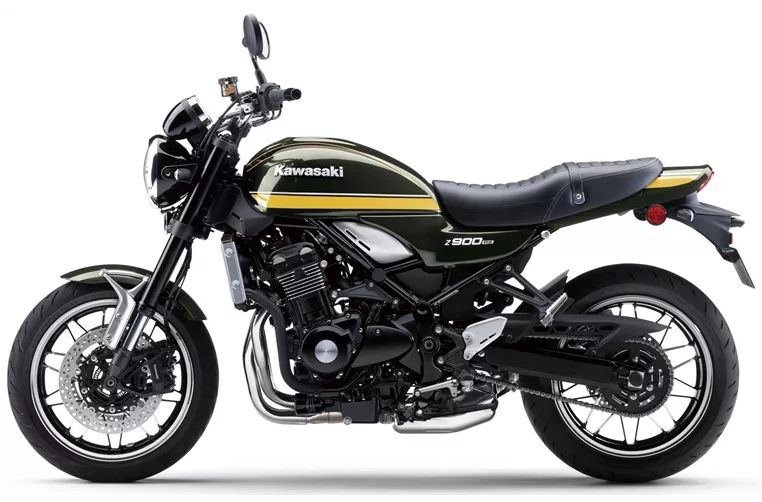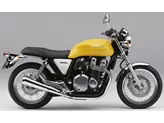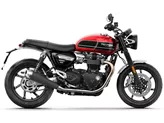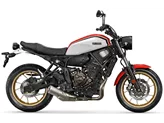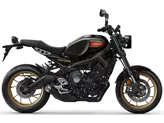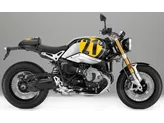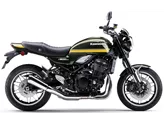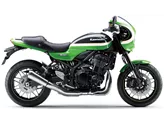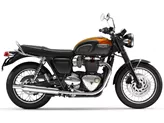Yamaha XSR700 2015 vs. Kawasaki Z900 RS 2021

Yamaha XSR700 2015
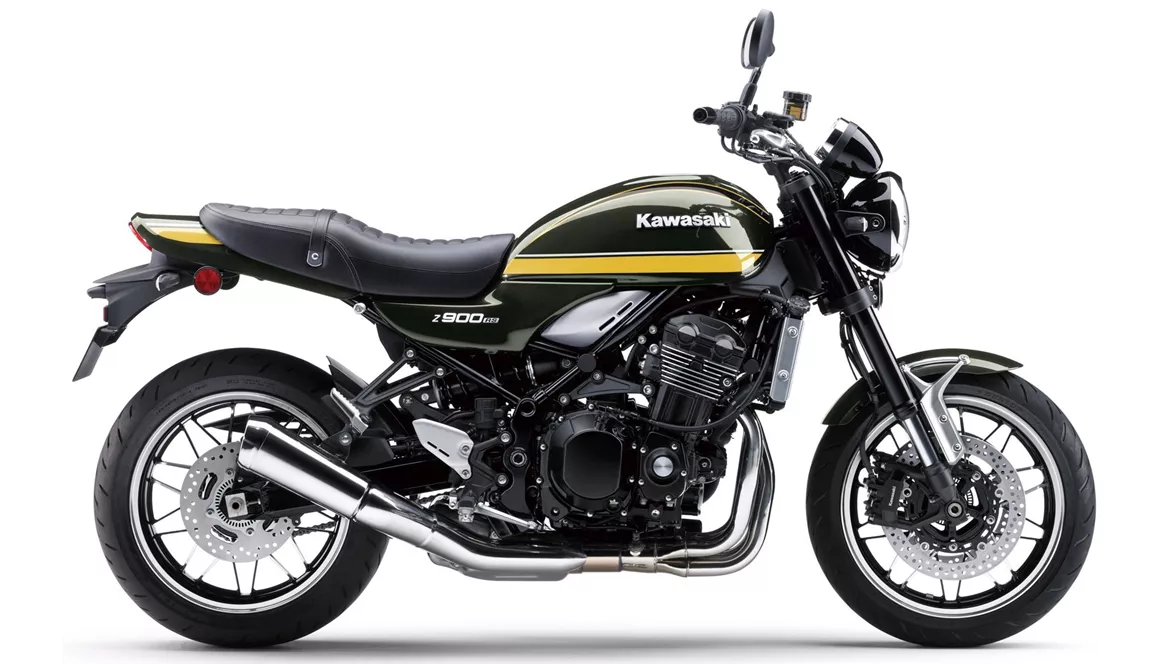
Kawasaki Z900 RS 2021
Overview - Yamaha XSR700 2015 vs Kawasaki Z900 RS 2021
In terms of engine and drive train, both the Yamaha XSR700 2015 and the Kawasaki Z900 RS 2021 have inline engines with fuel injection systems. However, the Kawasaki Z900 RS has a more powerful engine, with 111 HP compared to the Yamaha XSR700's 75 HP. The Z900 RS also has higher torque at 98.6 Nm, while the XSR700 has 68 Nm. The Yamaha XSR700 has a smaller displacement of 689ccm, while the Kawasaki Z900 RS has a larger displacement of 948ccm.
In terms of suspension, both bikes have swing arm rear suspensions with monoshocks. However, the Yamaha XSR700 has a telescopic fork front suspension, while the Kawasaki Z900 RS has an upside-down telescopic fork front suspension. This may provide the Z900 RS with better handling and stability.

Yamaha XSR700 2015
Both bikes have steel frames and double disk front brakes with four pistons. The Yamaha XSR700 has a front brake diameter of 282mm, while the Kawasaki Z900 RS has a larger front brake diameter of 300mm. Both bikes also have ABS as an advanced rider assistance system.
In terms of dimensions and weights, the Yamaha XSR700 has a wheelbase of 1405mm, while the Kawasaki Z900 RS has a longer wheelbase of 1470mm. The seat height of the XSR700 is 815mm, while the Z900 RS has a slightly higher seat height of 835mm. The XSR700 has a kerb weight of 186kg with ABS, while the Z900 RS is heavier at 215kg with ABS. The Z900 RS also has a larger fuel tank capacity of 17 liters, compared to the XSR700's 14 liters.
Now let's discuss the strengths and weaknesses of each bike. The Yamaha XSR700 2015 is praised for its agile engine, comfortable yet sporty chassis, and comfortably upright seating position. It also has a cool retro look and comes with complete instrumentation. The XSR700 has good brakes and there are many accessories available for customization. However, some weaknesses of the XSR700 include a suspension that may be too soft for extremely sporty riding, a digital rev counter that is difficult to read, and a higher price compared to the basic MT-07.
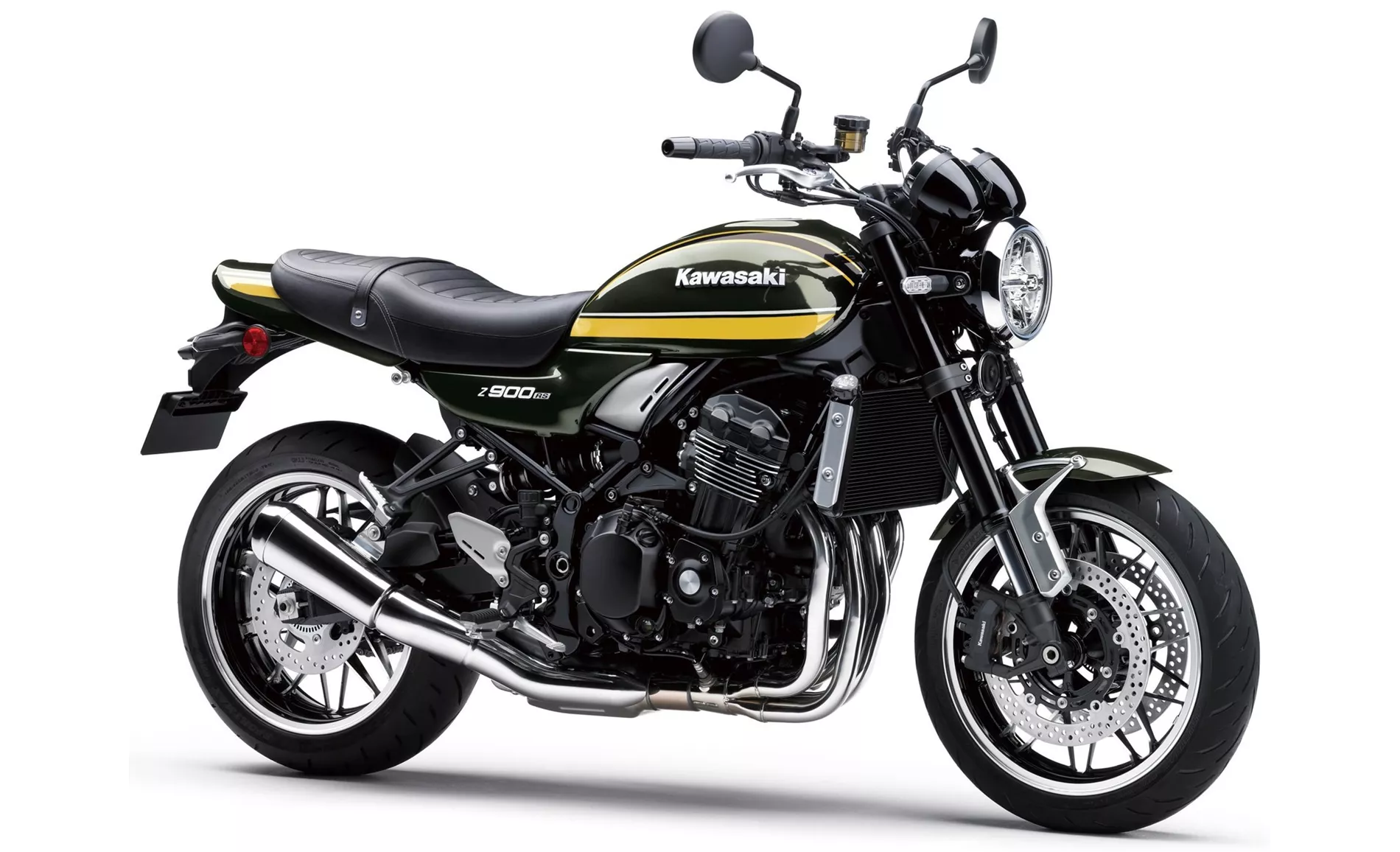
Kawasaki Z900 RS 2021
On the other hand, the Kawasaki Z900 RS 2021 has a beautiful and authentic retro look, with a very comfortable seating position. It is also described as easy and comfortable to ride. However, some weaknesses of the Z900 RS include the lack of a quickshifter and driving modes, although it does have adjustable traction control.
In conclusion, the Yamaha XSR700 2015 and the Kawasaki Z900 RS 2021 are both naked bikes with similar technical specifications. However, the Z900 RS has a more powerful engine, a larger displacement, and a longer wheelbase. The XSR700, on the other hand, is praised for its agility, comfortable chassis, and retro look. Both bikes have their strengths and weaknesses, and the choice between them would depend on individual preferences and priorities.
Technical Specifications Yamaha XSR700 2015 compared to Kawasaki Z900 RS 2021
Pros and Cons in comparison
Pros and Cons in comparison
Yamaha XSR700 2015

With the XSR700, Yamaha has once again hit the jackpot. The retro look with modern elements is currently very popular with customers. The fact that it is based on the affordable MT-07 is not at all a problem, as the entry-level bike is known for being extremely sporty and agile. The XSR700's comfortable chassis and upright riding position are a perfect match. The price of almost 9,000 euros seems steep at first glance, especially in comparison to the MT-07, but the improved appearance and exclusivity make up for the money.
Kawasaki Z900 RS 2021
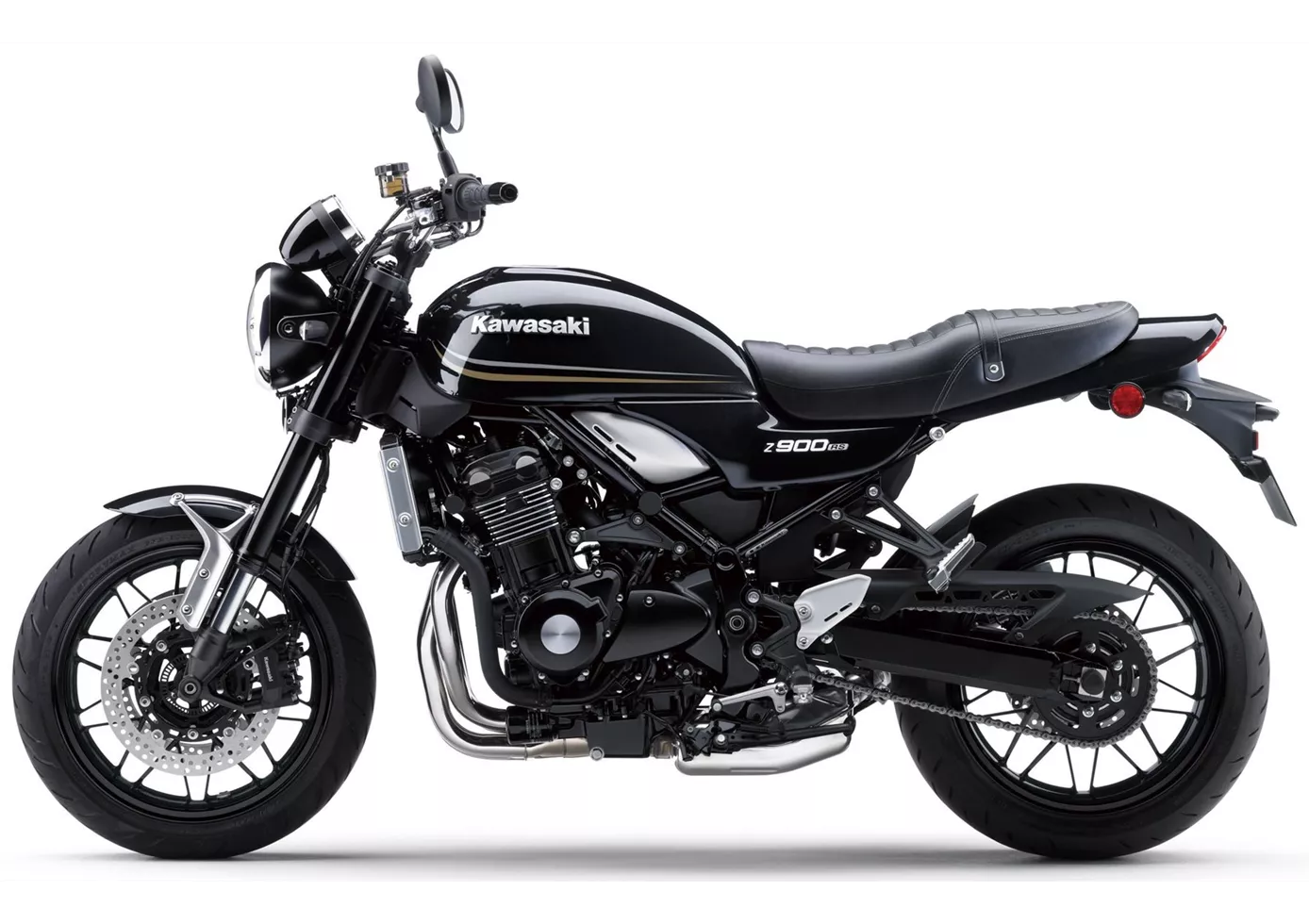
A timelessly beautiful motorbike, the Z 900 RS. Its heart, the powerful and silky-smooth four-cylinder, ensures absolute riding pleasure. Even for longer rides, it offers plenty of comfort thanks to its pleasant seating position, well-padded saddle and high, wide handlebars. For those who like retro motorbikes but appreciate modern handling, the Z1 Homage is a very good choice.
Price Comparison Avarage Market Price Yamaha XSR700 vs Kawasaki Z900 RS
There are a few key differences between a Yamaha XSR700 2015 and a Kawasaki Z900 RS 2021. It takes less time to sell a Kawasaki Z900 RS with 125 days compared to 155 days for the Yamaha XSR700. Since model year 2015 1000PS.de editors have written 26 reviews for the Yamaha XSR700 and 26 reviews for the Kawasaki Z900 RS since model year 2018. The first review for the Yamaha XSR700 was published on 22/07/2015 and now has more than 13,700 views. This compares to more than 63,700 views for the first review on Kawasaki Z900 RS published on 06/09/2017.

